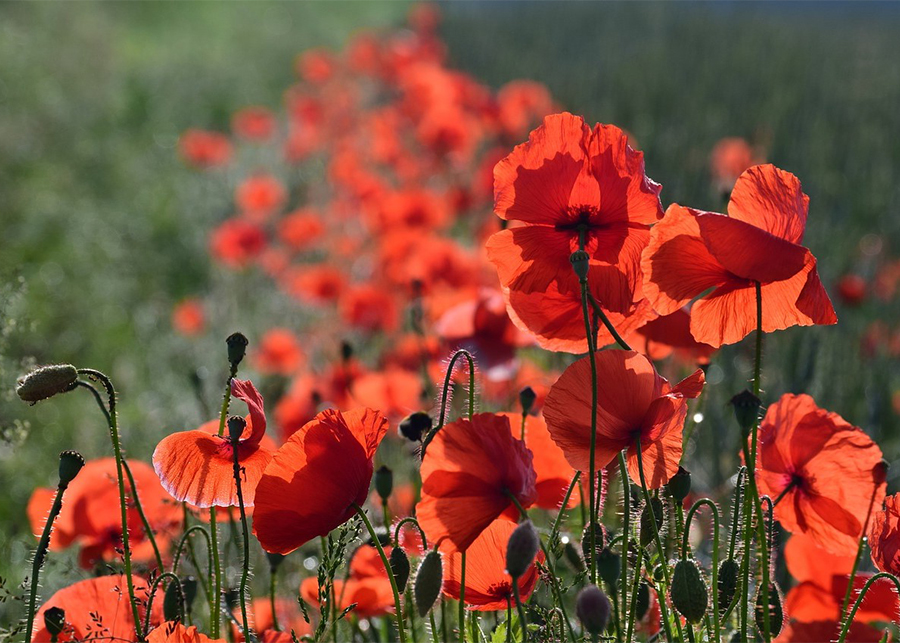Poppies are versatile and beautiful flowers that can be used in both fresh and dry arrangements. They are useful in gardens and can add a touch of color to any landscape. These gorgeous flowers will surely bring beauty to your home or garden!
If you’re looking for a flower that is both versatile and beautiful, look no further than the poppy. Poppies come in a variety of colors, and can be used in both fresh and dry arrangements. They are also perfect for gardens, and can add a touch of color to any landscape. Poppies are sure to bring beauty to your home or garden, whichever way you choose to use them!
What Is a Poppy?
A Poppy is a flowering plant in the Papaveroideae subfamily of the family Papaveraceae. Poppies are herbaceous plants that are commonly grown for their brilliant blooms. Opium, a narcotic drug derived from the poppy Papaver somniferum, contains powerful medicinal alkaloids including morphine and has been used since ancient times as an analgesic and narcotic medical and recreational drug. The seeds can be eaten after being pollinated. The poppies in Flanders, Belgium were involved in trench warfare during World War I and hence became a symbol of remembrance for soldiers who had died in battle, especially in the United Kingdom, the United States, and Canada.

Perennial plants are those that live for more than one year. Poppies, for example, are herbaceous annual, biennial, or short-lived perennial plants. Some kinds die after blooming and produce only one flower. With flowers up to 15 cm across, poppies might be almost a meter tall. Flowers of species (not cultivars) have 4 or 6 petals, many stamens forming a prominent whorl in the center of the flower, and an ovary with 2 to many fused carpels.
The petals are striking and may be any color. The petals are crumpled in the bud and as blooming finishes, the petals often lie flat before falling away. In the temperate zones, poppies bloom from spring into early summer. Most species secrete latex when injured. Bees use poppies as a pollen source. The opium poppy, Papaver somniferum (known as “opium”), is a wild plant found in eastern and southern Asia and South-Eastern Europe. It is thought that it originated in the Mediterranean region.
Usage and Cultivation of Poppies
The flowers of most poppy species are beautiful and are frequently cultivated as annual or perennial ornamental plants. This has resulted in a number of commercially important cultivars, such as the Shirley poppy, a cultivar of Papaver rhoeas and semi-double or double (flore plena) versions of the opium poppy.Many other poppy species are grown in gardens as well. A few species are used for various purposes, including as a source of medicine and food. The opium poppy is extensively cultivated, and the production of this narcotic drug is regulated by international organizations. The latex from the latex plant is converted to opium, which is a precursor for narcotic and pain medication such as morphine, heroin, and codeine.
Poppy seeds are high in oil, carbohydrates, calcium, and protein. Poppy seed oil is widely used as a cooking oil, salad dressing oil, and in various products including margarine. Poppy seed oil may also be used to enhance the flavor of cakes and breads. Poppy-based chemicals are also used in paints, varnishes, and certain cosmetics.
To alleviate pain, ancient Egyptian physicians would have their patients consume poppy seeds. Both codeine and morphine are present in small amounts in poppy seed shells.
